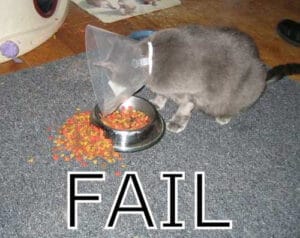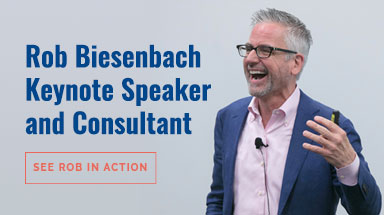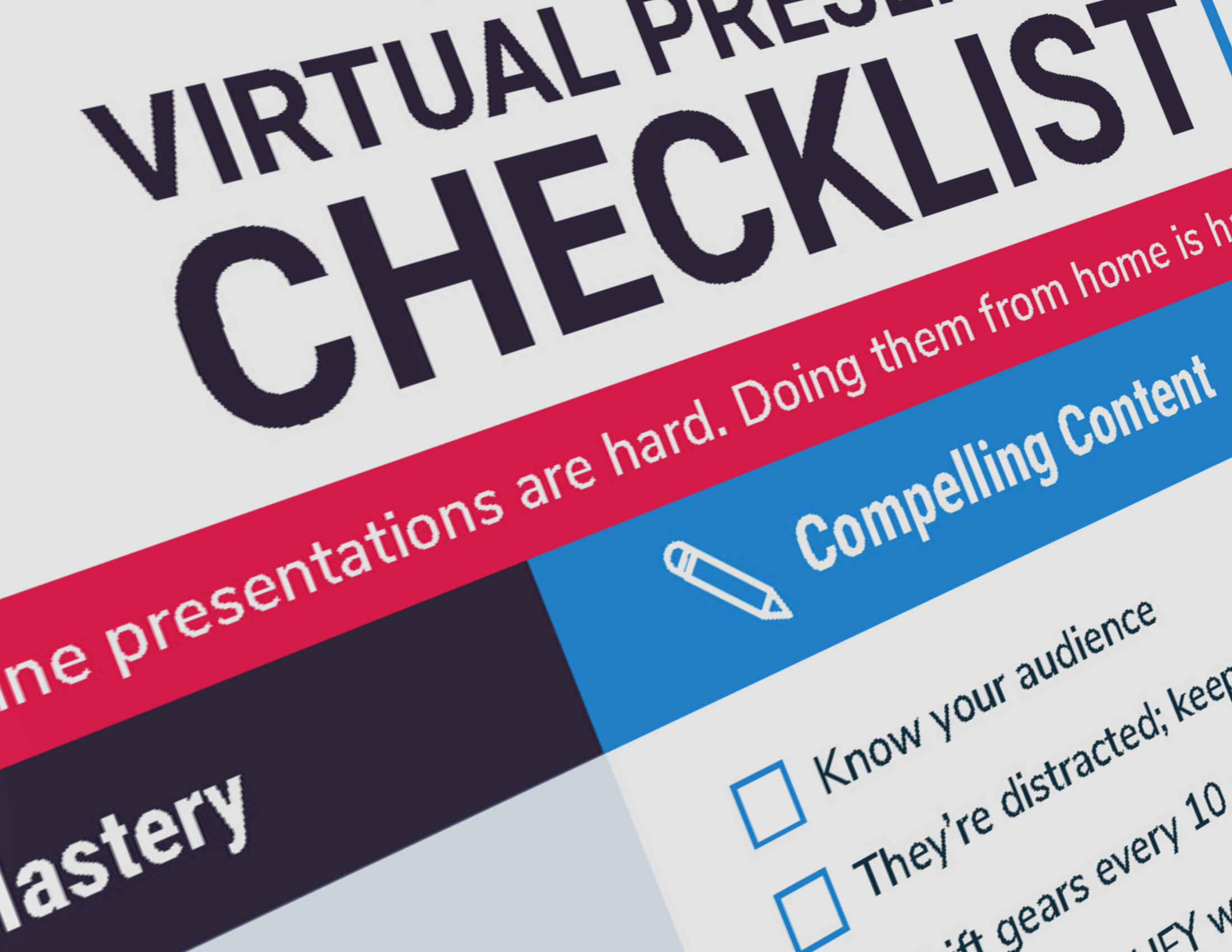
Don’t feel bad — it happens to everyone. But if you want to keep it from happening again, you need to diagnose what went wrong. Chances are, you made one (or more) of these fatal storytelling mistakes.
1. Wrong Audience
Whether you’re talking to one person or a thousand, you have to know your audience to ensure your story is relevant. Do your homework. Who are they? What are their needs, concerns, doubts and misperceptions? What are their hot buttons? What is the culture — formal or informal, uptight or fun-loving?
2. Bad Timing
As part of your audience research, you also want to get a read on their mood. Are they discouraged? Frustrated? Angry? Cynical? Have they just gone through a round of layoffs? Is the organization’s performance off? Did they just get yelled at by one of their leaders? Beaten up by one of their competitors? These are important things to know before springing some rosy, feel-good story on them or reminding them of their pain points.
3. Too Generic
Your story should be about a specific character, time and place. It can be tempting to just make up a story to fit a particular subject or situation, but most of us aren’t quite imaginative enough to do that well. The resulting story ends up sounding generic, losing its impact.
4. Too Much Clutter
A perfectly good story can be ruined by too much unnecessary detail. We don’t need to know the name of every single minor character or the precise date that every event happened. And watch out for tangents. Separate the “nice to know” from the “need to know.” Remember: storytelling is like a tree.
5. No Conflict
There are certain elements to storytelling that are timeless and universal. And at the heart of story structure is conflict: something is preventing your protagonist from getting what she wants. That’s where the drama and human interest lie. If there’s no conflict, the story is flat — there’s no reason for us to listen.
6. The Character Isn’t Relatable
The audience needs to be able to see something of themselves in the main character. She must come from their world or at least share values, traits or struggles they can relate to. And she must be real. Human. That means flawed in some way. Nobody’s perfect — even superheroes.
7. You Tried Too Hard to Be Funny
Unless you’re a professional comedian, don’t try to be funny. The best humor arises organically from the everyday foibles and frustrations of life that we all experience. It’s based on truth. People are much more likely to laugh at your story about losing your luggage than at some manufactured setup and punchline.
8. You Didn’t Practice
Good storytelling requires practice. You need to tell it over and over, to yourself and others. You need to shape it, sharpen the turning points, heighten the highs, enhance the lows and hone it all down to its most critical elements. And you need to internalize it.
9. No Resolution
Your story has to arrive at a satisfying conclusion. The conflict is resolved or, if it’s not resolved, the main character has learned something or changed in some way. There has to be a clear lesson for the audience to take away.
10. The Story is Unoriginal
Audiences are understandably tired of hearing the same old stories told over and over — the starfish story, the ship and the lighthouse, the jar full of rocks. In short, if you found the story online, don’t tell it. Be original. And whatever you do, don’t be the person who tells the same story over and over!
Make it Personal
An even bigger danger of telling unoriginal stories is that there’s no genuine connection between the story and the storyteller. But when you tell a story that you personally witnessed or experienced, you’re going to be much more deeply connected to it.
And when you’re connected to your story, your audience is much more likely to connect with you. They’ll be inspired by your passion and emotion.
And that is the key to breaking down the wall that separates the storyteller from the audience so you can have a real impact on their beliefs, their decisions and their actions.
Photo Credit: doc rogers (ii) via Compfight cc




